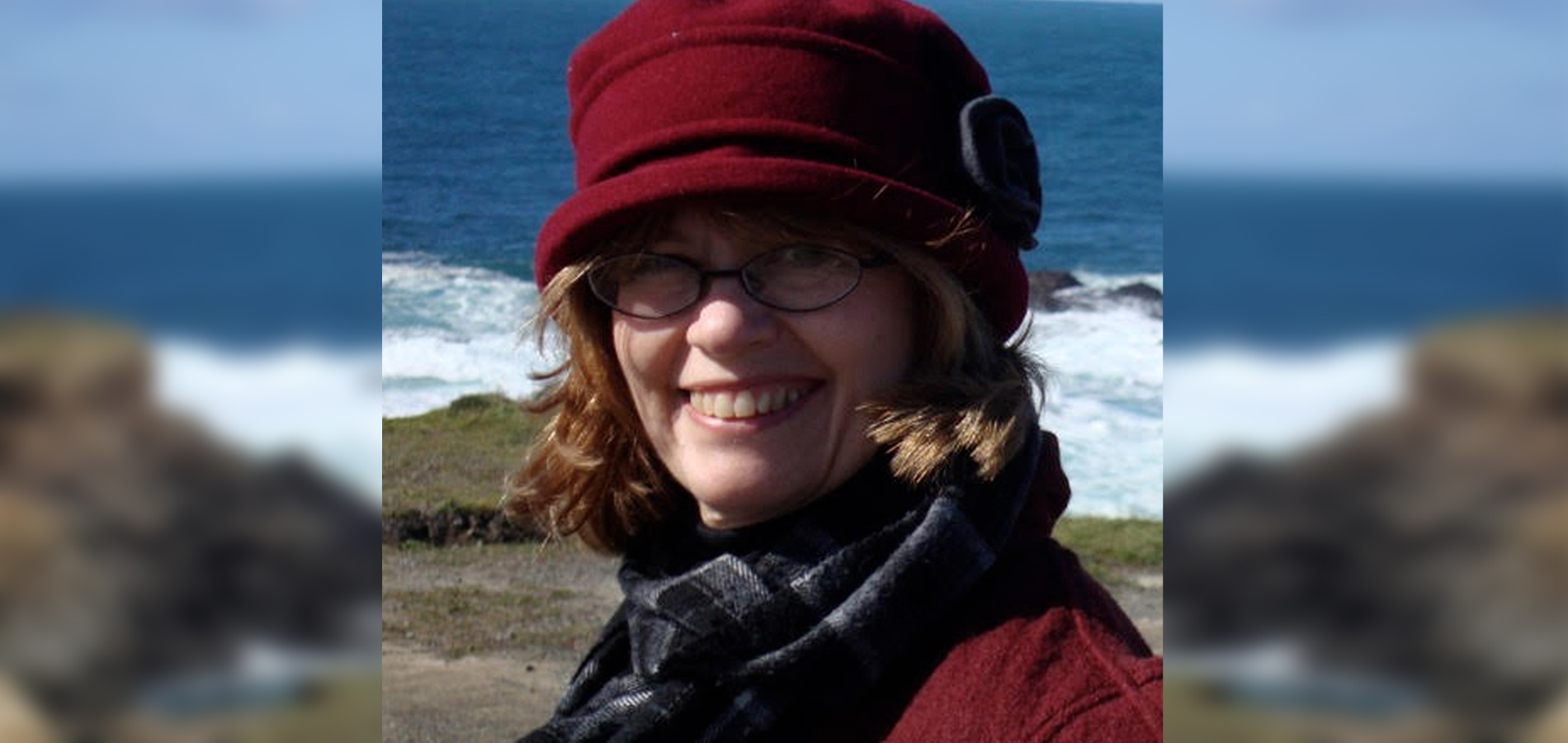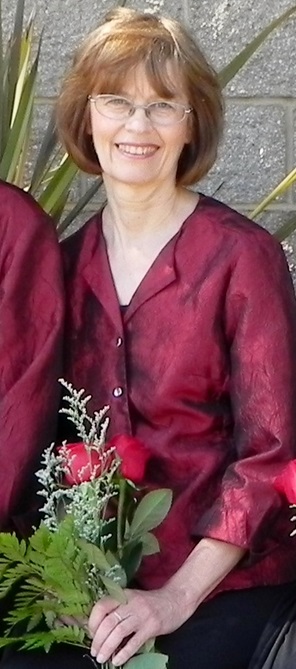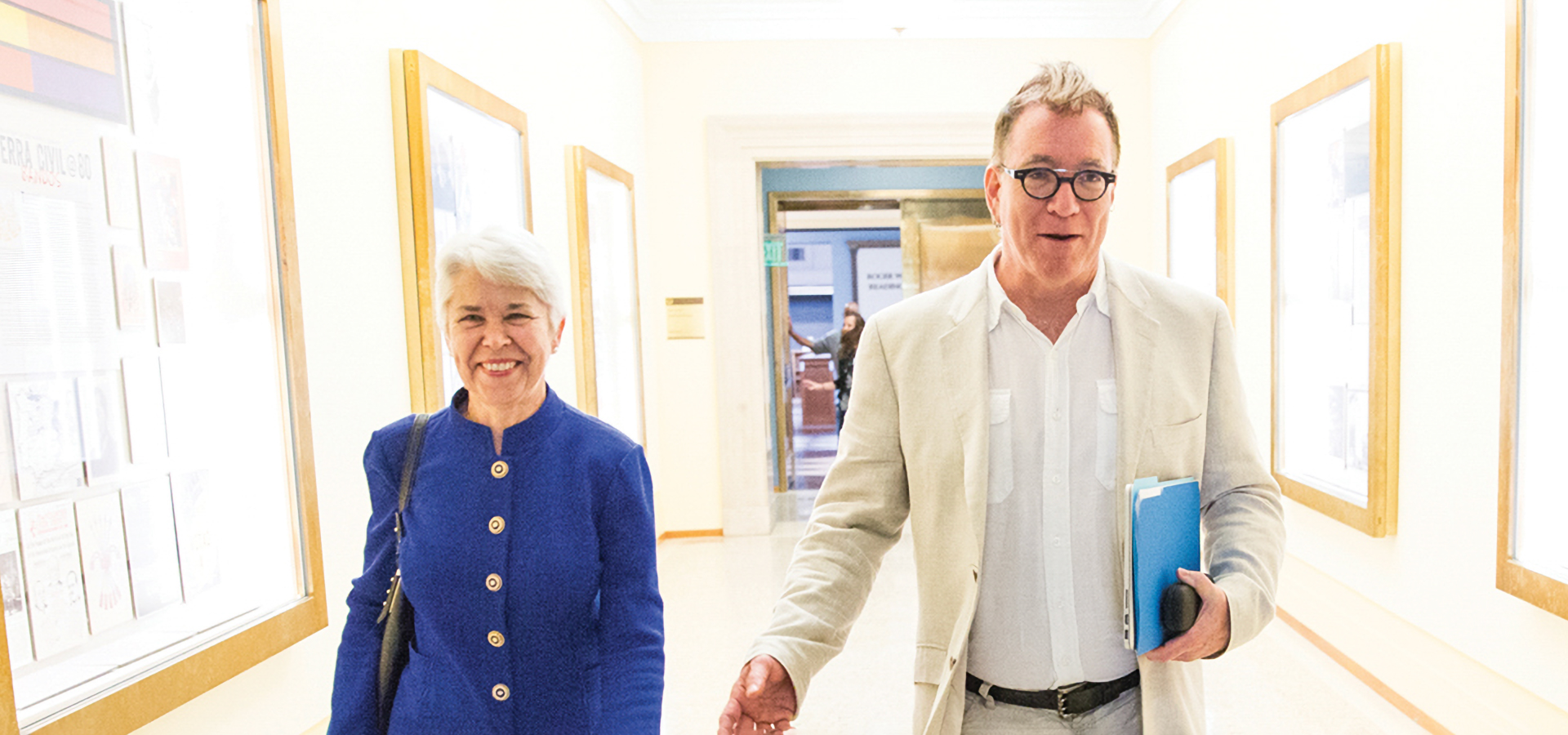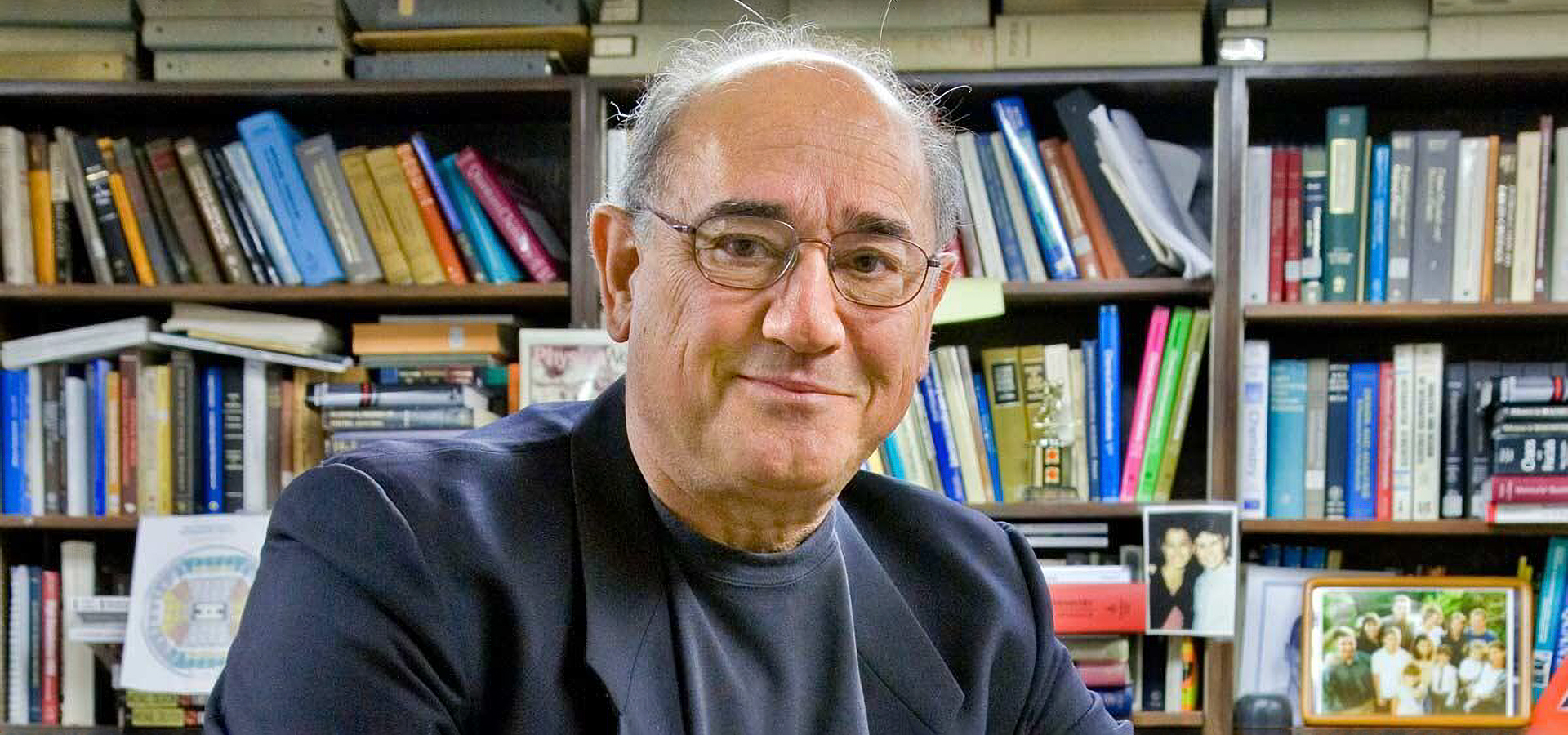
From Costume Design to Curriculum Design: Dr. Alison Billman Talks Intersections of Art and Science
Arts, Science, and the Opportunity to “Become”
By Krista Thomas, Cal Performances’ Associate Director of Communications
Though Cal Performances is foremost a performing arts organization, we are part of one of the prominent research universities in the world. The value of science and the arts are inextricably linked, and the places they intersect can be the impetus for immense discovery. Today, we spotlight Dr. Alison Billman, Early Elementary Curriculum Director & Senior Researcher at Lawrence Hall of Science, a musician, a trained fiber artist, and a beloved member of the Cal Performances community.
Dr. Alison Billman grew up in an “extremely musical family.” Throughout her childhood, her father played bass, trombone, and cello in local jazz bands and orchestras. After serving during WWII—when he played in an Army band while in the 82nd Airborne—he used the GI Bill to go back to school and become a music teacher. He steeped his children in music early on. As the oldest of seven, Alison was the first to learn an instrument and was introduced to the violin by age five!
“Eventually, since there were seven of us, we could make up our own string quartets. We had cello players, viola players, violin players… We were also all students where my father was a music teacher, so music was all around us” she said.
For college, Billman attended Syracuse University and, because she had both a love of musical and visual arts, opted for a degree in fashion design with an emphasis on costume design for theater. Billman was especially fascinated with the extensive historic costume collection the department had accumulated and took the initiative to catalog and organize the costumes for the school.
As an extremely curious person, Alison’s interest in how things work led her to tackle subjects that melded the worlds of arts and science. “Working as a costume designer involves more than sketching looks. There are environmental elements to consider, too,” she said. “For example, when a costume is under stage lights, there’s an interaction with the fabric and light that involves reflection and absorption. For one of my independent studies, I designed an experiment with different fabrics, gels, and lighting to determine, from a physics perspective, what fabric would make the best costumes in various conditions.”
Though Billman did work in fiber arts (designing with natural or synthetic fibers like fabric or yarn) post-college, after having children, she wanted to pivot to a career that felt more secure and so became an elementary school teacher. That’s when she began to really see how the arts and science complement one another in expanding one’s understanding of the world.

Dr. Billman at a music recital
“When I taught first grade, music was the way I started and ended every day because music builds community. Six-year-olds haven’t learned to be scared singing in front of people yet so they’d all join in,” she said. “I also used music to reinforce what we were learning. I’d coordinate little musicals for us and would usually write the lyrics to align with what we were learning, like ‘Every Day Is Earth Day’ and ‘Dragon Stew.’ It all contributed to a very arts-rich community in my classroom.”
In addition to music, Billman found writing to be a unique way to help young students on their journey of discovery. “I knew that the kids at that age were just trying to make sense of the world. The questions they’d ask me were wonderful, but the traditional teaching materials I used to answer those questions weren’t so great,” she said. “I decided that, if the kids were motivated to find out more, I could support that by simultaneously encouraging reading and writing. So, I began collecting their science questions and we’d work together on writing letters to university professors. We’d ask our pen pals things like ‘What makes an apple an apple?’ The professors would get such a kick out of the letters, and the kids were so motivated to get answers that their reading and writing thrived.”
Billman was so captivated by the way the arts and sciences overlapped to help children learn that she decided to, yet again, allow her curiosity to lead the way, and she enrolled in a doctorate program in education psychology at Michigan State University.
“In my first interview at Michigan State, they asked me what I wanted to do, and I said I wanted to fly,” she laughed. “What I meant was I wanted to get out there, be part of the world, find out new things. And in that process, I knew then, as I know now, I have a responsibility, too. I’m very privileged to be working at the intersection of new knowledge. As my curiosities push me, it has always been my hope that maybe they’ll help other people, too.”
After finishing her doctorate, Billman began working at UC Berkeley, where she has been the last 15 years. In her current position as Early Elementary Curriculum Director & Senior Researcher for the Learning Design Group at Lawrence Hall of Science, Billman focuses on marrying science and the humanities by “developing an integrated science and literacy curriculum for primary grade students and designing the informational texts that support reading to learn in primary grades.” Her curriculum, which is largely multidisciplinary, even includes a physical science unit in the context of puppet-theater engineers!
While working at Berkeley, Billman has also kept the arts close by performing in a local singing group and even organizing and directing a fun, inclusive singing program to build community among Lawrence Hall of Sciences staff—or, as they’re known on stage, “The Hallitones.” Billman is also a frequent attendee and donor of Cal Performances, where she draws on her holistic experience to enjoy what’s presented on stage.
“Certainly, my professional background influences the way I watch performances. I’ve always been fascinated with the physics part of sound: the vibrations created when an artist pulls their bow across strings, what it is to play something ‘in tune.’ And I do enjoy evaluating the costumes and looking at how each element interacts—the fabrics, the lighting, the sound—seeing where that balance lies,” she said.
One of the most significant benefits of watching the arts for Billman is related to her lifelong journey of gaining and facilitating new understanding. “Engaging with music builds a capacity and a need to listen in a new way. And that’s because it is such a profound method of communication,” she said. “As a lover of the arts, there are times when I challenge myself to think how I would represent a concept visually, or in a musical composition. Sometimes there are articles and books we write that are full of important concepts, but they don’t trigger the understanding we want because people’s ability to get that information is limited to their brain’s interaction with the words on the page. When I’m watching performances like those of the Mark Morris Dance Group, and feel the incredible power of all they’re communicating, there are times I think words just don’t do it.”
Whether your interest is in science, music, writing, or even puppet engineering, Billman sees a common thread in the opportunity for learning and growth, if only we trust ourselves to explore.
“If you look at each day, the number of interactions you have with anyone and anything, it’s all an opportunity to learn. There’s always something to learn, something that can push us forward to ‘become,’” she said. “Living offers us the opportunity to ‘become’ everyday. Letting my curiosity drive me as I have, it has caused immense growth… It’s also been exceptionally fun!”



